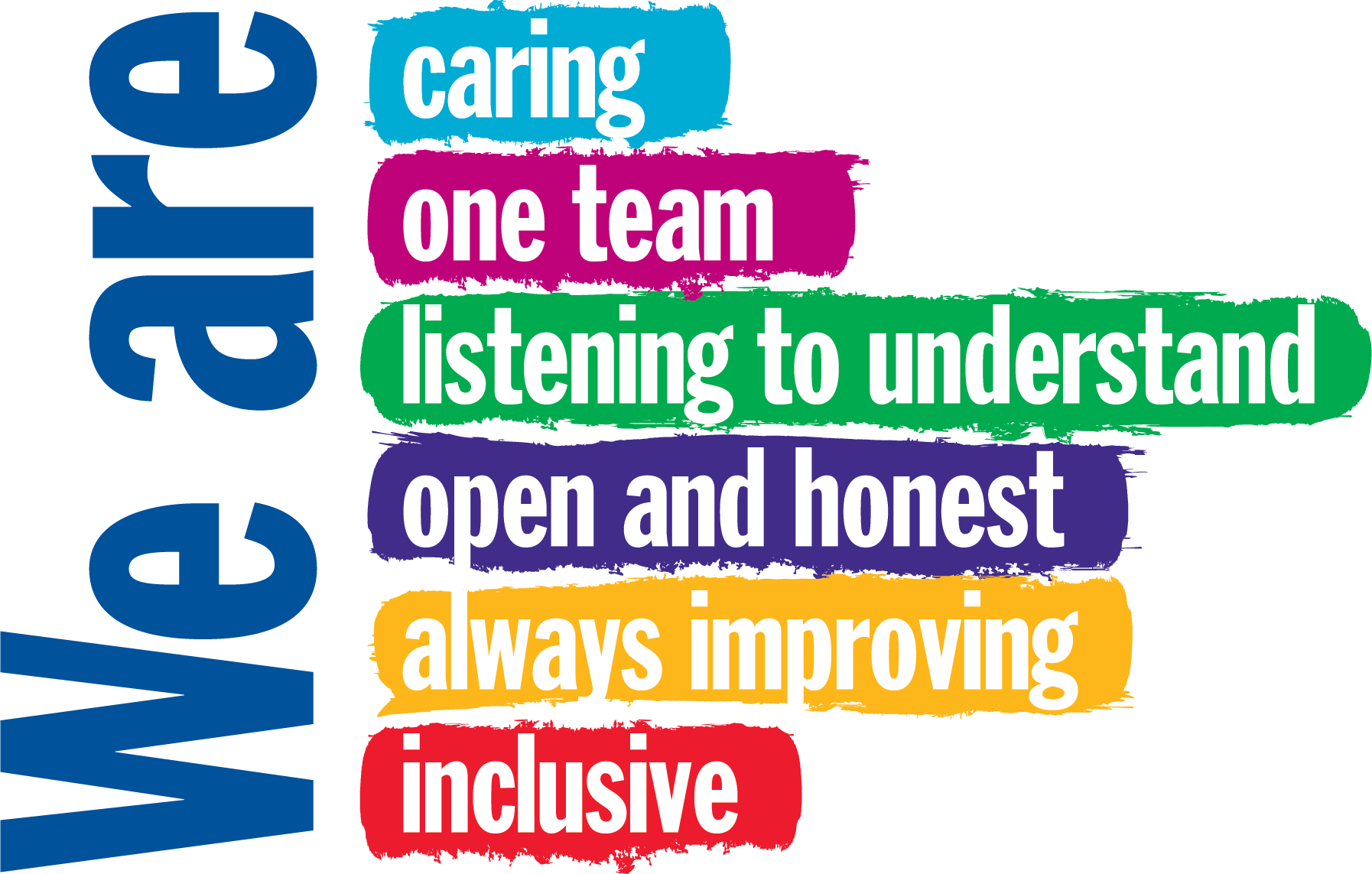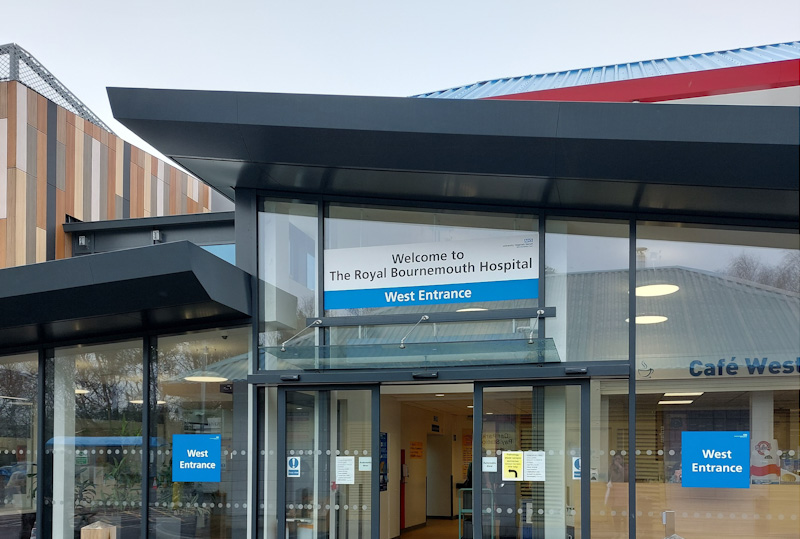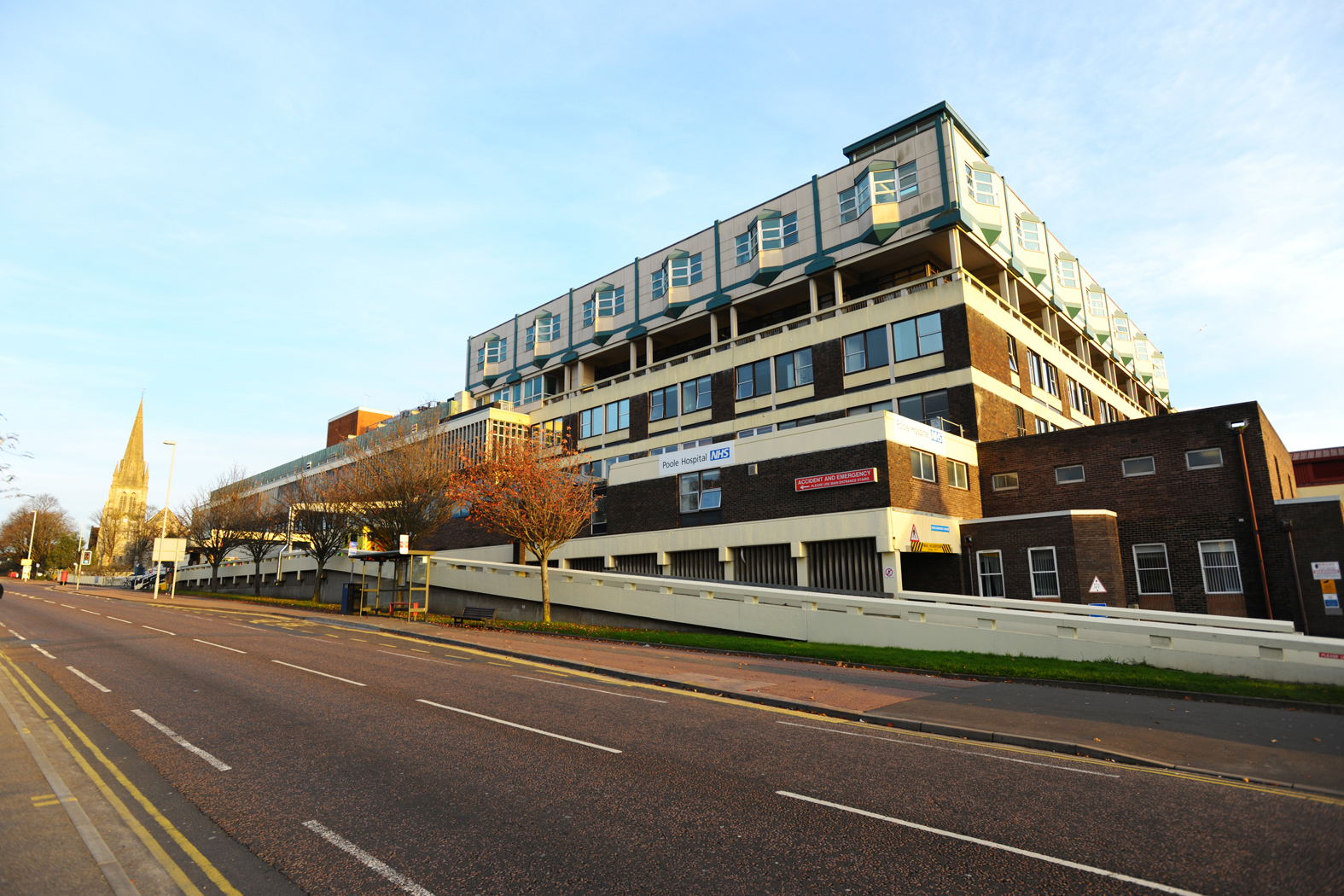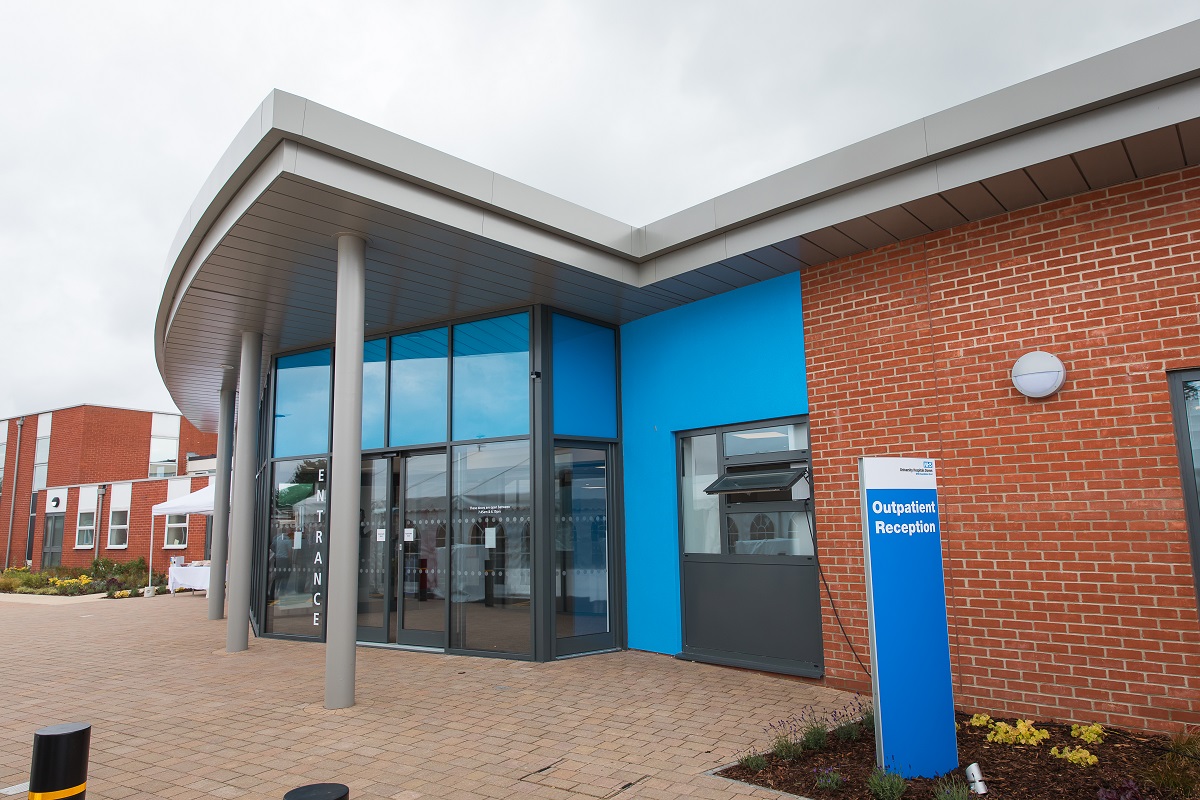Patient Benefits
Summary and patient benefits
Major emergency hospital
- New purpose built Emergency Department (ED) that is twice the size of both the existing EDs at Poole and Royal Bournemouth combined. This means that the bigger emergency department will help the 72,000 of us who need care as quickly as possible each year.
- Combined workforce means there will be Consultant presence in ED for more hours of the day than there is currently.
- High quality decision making leading to reduced admissions and fewer unplanned returns to ED
- All services offering emergency care will be on site with ED, so there will be no transfers of patients between hospitals for appropriate care. For example, currently any patient with a hip fracture attending Bournemouth ED, needs to be transferred to Poole for specialist care.
- Shorter time to appropriate treatment
- Improved patient outcomes
- Acute ambulatory care and assessment floor co-located near to ED to support emergency care
Major Planned care hospital
- Focus on elective low risk surgery
- Improved theatre environment, construction of new theatre block to start October 2020
- Fewer cancellations of operations as no emergency interruptions
- Shorter time to treatment – estimated 6000 patients per year will have their waiting time reduced.
- Better patient experience
- Urgent treatment centre (UTC) open 24/7 to take non-life threatening urgent conditions such as fractures, cuts, abdominal pain and scalds/burns.
- The UTC will treat approximately 50,000 to 60,000 patients per year for non-life threatening conditions
Cardiology
- No transfers of patients between sites leading to shorter time to treatment and reduced stay in hospital.
- All patients will have access to out of hours consultant cover and sub-specialist services
- Improved access to relevant diagnosis and treatment 7 days a week
- 7 day in-reach into ED and Ambulatory Medical Unit (AMU) to review all cardiology patients attending these areas
- Improved outcomes and shorter stays in hospital
Maternity
- New purpose built premises for ante-natal, birth and post-natal care.
- Major improvement in facilities, especially for women with disabilities and mental health problems.
- Suitable accommodation for partners
- Better patient experience
- Ante natal care and birth on the emergency site
- No transfers between hospitals for complex patients or complications/emergencies therefore reduced risk of deterioration and no delays in access to appropriate care.
Children's services
- New purpose built premises for children in patient ward
- On emergency site close to ED and all services offering emergency care
- Focus on improving children's facilities for diagnostics, out-patient clinics and treatment
General Surgery
- All patients will have access to relevant services depending on need
- No transfer of emergency patients between sites
- Quicker access to treatment
- Improved patient flow by concentrating planned activity at the planned care site
- Improved access to full range of surgical expertise and specialist expertise.
Haematology
- Combining of clinical teams will lead to greater specialisation of the clinical workforce and improved out of hours cover.
- Improved access to clinical trials in merged organisation
- Earlier access to drugs as part of a trial that are not yet in general use, which can in some cases significantly expend life expectancy
Oncology
- Co-location of haematology and oncology wards on the emergency site, with close access to critical care and emergency care
- Improved facility for acute oncology services close to the wards
- Out-patient chemotherapy to continue on both sites, with a view to moving more services into community hospitals in the future to improve access to care and bring care closer to home.
Gastroenterology
- Combining of clinical teams will mean a 7 day service is possible at the emergency site.
- Improved planned care patient flow, leading to shorter times to treatment
- Improved sub-specialisation of clinicians leading to faster diagnosis
- Improved access to endoscopy









